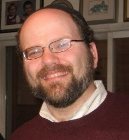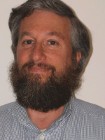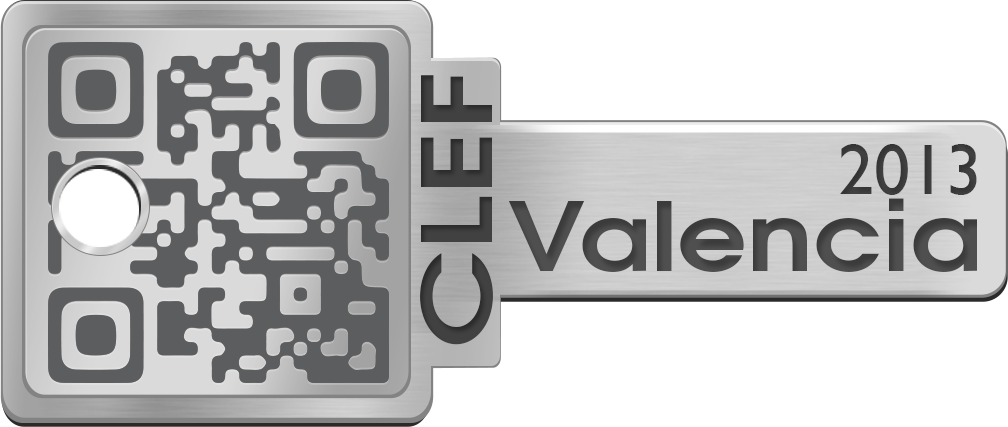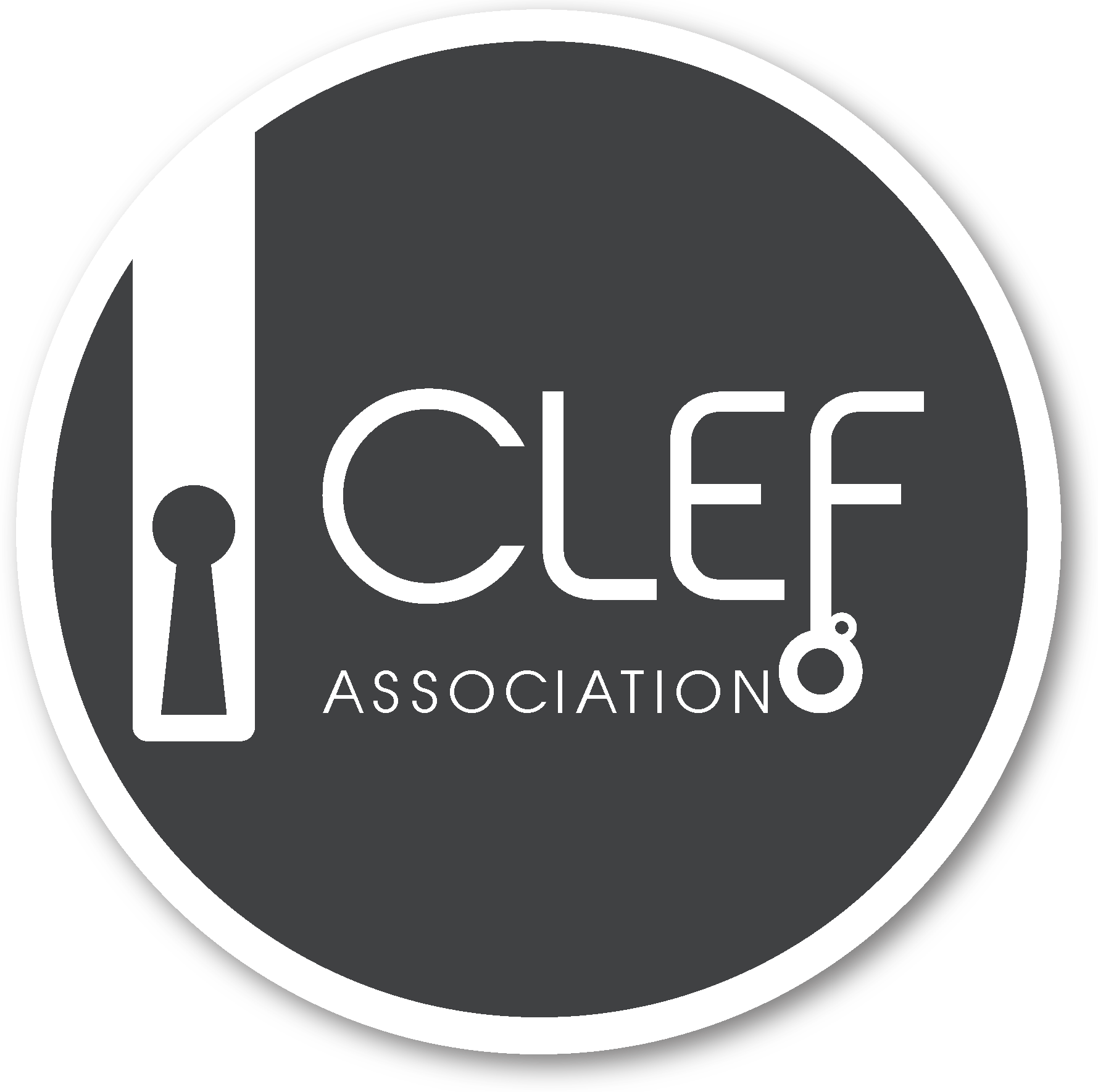Authorship Verification 2013
Synopsis
Introduction
Authorship attribution is an important problem in many areas including information retrieval and computational linguistics, but also in applied areas such as law and journalism where knowing the author of a document (such as a ransom note) may be able to save lives. The most common framework for testing candidate algorithms is a text classification problem: given known sample documents from a small, finite set of candidate authors, which if any wrote a questioned document of unknown authorship? It has been commented, however, that this may be an unreasonably easy task. A more demanding problem is author verification where given a set of documents by a single author and a questioned document, the problem is to determine if the questioned document was written by that particular author or not. This may more accurately reflect real life in the experiences of professional forensic linguists, who are often called upon to answer this kind of question. It is the second year PAN focuses on the so-called author verification problem.
A note to forensic linguists: In order to bridge the gap between linguistics and computer science, we strongly encourage submissions from researchers from both fields. We understand that research groups with expertise in linguistics use manual or semi-automated methods and, therefore, they are not able to submit their software. To enable their participation, we will provide them with the opportunity to analyze the test corpus after the deadline of software submission (mid-April). Their results will be ranked in a separate list with respect to the performance of the software submissions and they will be entitled to describe their approach in a paper. In this framework, any scholar or research group with expertise in linguistics wishing to participate should contact the Task Chair.
Task
Given a small set (no more than 5, possibly as few as one) of "known" documents by a single person and a "questioned" document, the task is to determine whether the questioned document was written by the same person who wrote the known document set.
Input
To develop your software, we provide you with a training corpus that comprises a set of known documents by a single person and exactly one questioned document. There are several such problem instances covering English, Greek, and Spanish and a varying number of known documents (1-10 per problem). All documents within a single problem instance will be in the same language and best efforts are applied to assure that within-problem documents are matched for genre, register, theme, and date of writing. The document lengths vary from a few hundred to a few thousand words. Learn more
Output
Your software must take as input the absolute path to a set of problems. For each problem there
is a separate sub-folder within that path including the set of known documents and the single
unknown document of that problem. The software has to output a single text file answers.txt
with all the produced answers for the whole set of evaluation problems. Each line of this file
corresponds to a problem instance, it starts with the ID of the problem followed by a binary
(Y)ES/(N)O answer to the question "Is the unknown document written by the author of the known
documents?". If you do not want to provide answers for some problems, you can either replace the
answer character with "-" or just do not include a line for that problem to your answers. For
example, an answers.txt file may look like this:
EN01 Y EN02 N EN03 - EN04 Y EN07 Y ...
Optionally, you may also provide a score, a real number in the set [0,1] inclusive, where 0
corresponds to NO and 1 to YES. This score should be round with two decimal digits and will
allow a more detailed evaluation of your approach. In this case, the scores have to be placed
next to the binary answers. It is possible to provide scores even for problems you are not able
to provide binary answers. For example, an answers.txt file with scores may look
like this:
EN01 Y 0.90 EN02 N 0.25 EN03 - 0.53 EN04 Y 0.86 EN07 Y 0.74 ...
Use a single whitespace to separate problem ID, binary answer, and score. The naming of the output file is up to you. We reccomend to use the name of the participant group-run.
Evaluation
Performance of the binary classification will be measured as follows:
- Recall = #correct_answers / #problems
- Precision = #correct_answers / #answers
Participants are be ranked by combining these measures via F1. In addition, participants may also provide a score, a real number in the set [0,1] inclusive, where 0 corresponds to NO and 1 to YES. A separate ranking for those participants who also submit real scores [0,1] according to the ROC-AUC. For the calculation of ROC curves, any missing answers are assumed to be wrong answers.
Results
| 0.753 | Shachar Seidman Bar Ilan University, Israel |
| 0.718 | Oren Halvani, Martin Steinebach, and Ralf Zimmermann Fraunhofer Institute for Secure Information Technology SIT, Germany |
| 0.671 | Robert Layton, Paul Watters, and Richard Dazeley University of Ballarat, Australia |
| 0.671 | Timo Petmanson University of Tartu, Estonia |
| 0.659 | Magdalena Jankowska, Vlado Kešelj, and Evangelos Milios Dalhousie University, Canada |
| 0.659 | Darnes Vilariño, David Pinto, Helena Gómez, Saúl León, and Esteban Castillo Benemérita Universidad Autónoma de Puebla, Mexico |
| 0.655 | Victoria Bobicev Technical University of Moldova, Moldova |
| 0.647 | Vanessa Wei Feng and Graeme Hirst University of Toronto, Canada |
| 0.612 | Paola Ledesma°, Gibran Fuentes*, Gabriela Jasso*, Angel Toledo*, and Ivan Meza* °Escuela Nacional de Antropología e Historia (ENAH) and *Universidad Nacional Autónoma de México (UNAM), Mexico |
| 0.606 | M.R. Ghaeini Amirkabir University of Technology, Iran |
| 0.600 | Michiel van Dam Delft University of Technology, The Netherlands |
| 0.600 | Erwan Moreau and Carl Vogel Trinity College Dublin, Ireland |
| 0.576 | Arun Jayapal and Binayak Goswami Nuance Communications, India |
| 0.553 | Cristian Grozea° and Marius Popescu* °Fraunhofer FIRST, Germany, and *University of Bucharest, Romania |
| 0.541 | Anna Vartapetiance and Lee Gillam University of Surrey, UK |
| 0.529 | Roman Kern Know-Center GmbH, Austria |
| 0.500 | Baseline |
| 0.417 | Cor J. Veenman° and Zhenshi Li* °Netherlands Forensic Institute and *Delft University of Technology, The Netherlands |
| 0.331 | Sorin Fratila University Politehnica of Bucharest, Romania |
A more detailed analysis of the detection performances can be found in the overview paper accompanying this task.
Related Work
- Author Identification, PAN @ CLEF'12
- Author Identification, PAN @ CLEF'11
- Patrick Juola. Authorship Attribution. In Foundations and Trends in Information Retrieval, Volume 1, Issue 3, March 2008.
- Moshe Koppel, Jonathan Schler, and Shlomo Argamon. Computational Methods Authorship Attribution. Journal of the American Society for Information Science and Technology, Volume 60, Issue 1, pages 9-26, January 2009.
- Efstathios Stamatatos. A Survey of Modern Authorship Attribution Methods. Journal of the American Society for Information Science and Technology, Volume 60, Issue 3, pages 538-556, March 2009.






